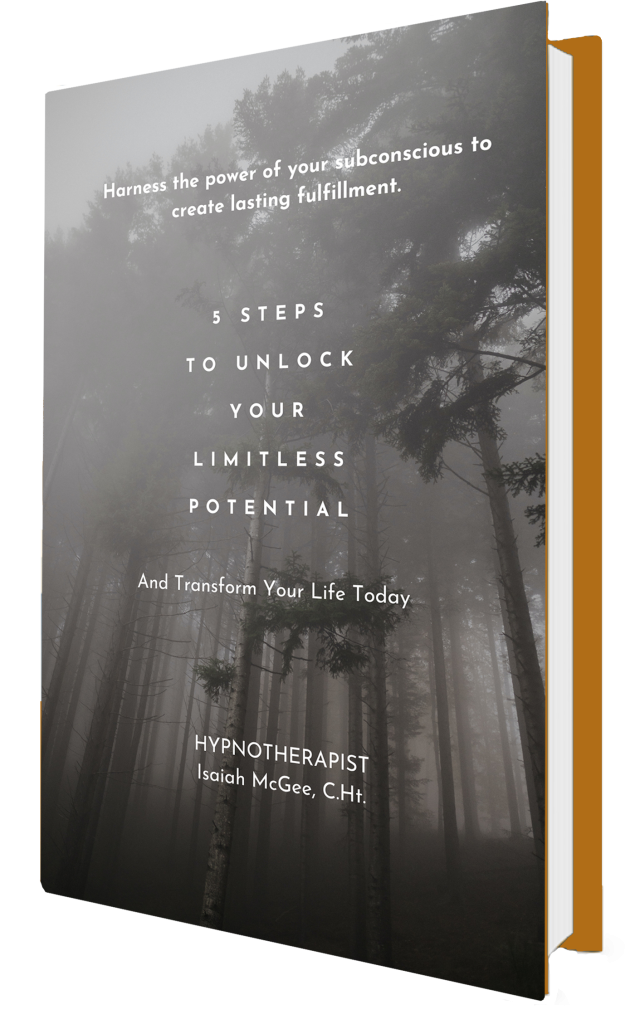Love. It has been reduced to a sentiment, an emotion, a cliché’, a marginalized label. This reduction of a word created to represent a reality renders that identifier (word) to a superficial convenience rather than a liberating dynamic. When that identifier is used as a convenience it becomes reduced to an agenda of manipulation. The idea of “love” is used to justify static attachment, emotional “love” is often used to take advantage, sentimental considerations labeled as love become useful means of delusional escape and when the term is assigned to a proclivity of a specific gender (women) it becomes a marginalized consignment.
So just what is this occurrence of reality language has coined with the word, “love”? Deconstructed, this term means, “permission.” Permission to behold something without agenda, in fact. The love “of” – a person, a pet, a job, a skill, a quality, a concept, a joy, a possibility, a deity, an object – all are objects (objectives) of love, that when true, is a profound permission for something to be itself.
Now there’s a concept: to allow something to be itself. Everything has an innate nature – an essential quality of being. When, and as, things are allowed to express according to their authentic nature that entity is truly being loved. True love is being love when one’s perception of another yields to recognizing what their innate nature desires to be.
I see many couples in my counsel and the most frequent dynamic I witness between couples is that the thing that attracts them to each other becomes the thing that drives them apart – namely, difference. The most challenging issue partners encounter is when their subjective agenda of what they want someone to be (to them or for them) is not congruent with who the other is being.
This dynamic does not apply just to romantic relationships – but to all partnerships – and all interactions are a partnering of some sort. Family, co-workers, business partners, friendships, pets, even with ourselves – these partnerships become conflicted when expectations are not met.
In these experiences we tend to find fault rather than reflection. The most liberating or imprisoning question one can pose to themselves is, “why?” When ‘why’ is asked (of self or another) out of blame, it imprisons identity behind the bars of harsh, critical judgment. When ‘why’ is asked out of reflection it becomes a liberating invitation to discover what mental programming is resulting in distress – nothing happens in a vacuum; some kind of absorbed programming is the source of all distress.
This ‘why-question’ and its motivation of judgment or discovery can seem intellectual when raw, hurt beings are reacting rather than responding, but that is actually a call for compassion with one’s self to dampen the embers of pain. And then an ability to engage the why-question with sober reflection is available.
These two steps – to allow another to be themselves rather than who we want them to be, to compassionately reflect on what programing has resulted in promoting distress or wanting someone else to be the source of our security is how you allow love to love.
This recourse can seem too easy, however the steps to allow love to love are simple but the clinging attachment to the programming that prevents this is the true culprit that results in difficulty. The willingness to release the attachment to familiar mental programming is the key to allowing love to love.
Because this intrinsic reality we have coined, ‘love’ is fundamentally natural, the decision to be willing to release the attachment to the familiar programming of manipulation that has been imposed on it releases you to allow love to love.
I encourage you to re-read this post over and over allowing the brain to synthesize the subtleties of its emancipating possibility. Are you ready to allow love to love?


